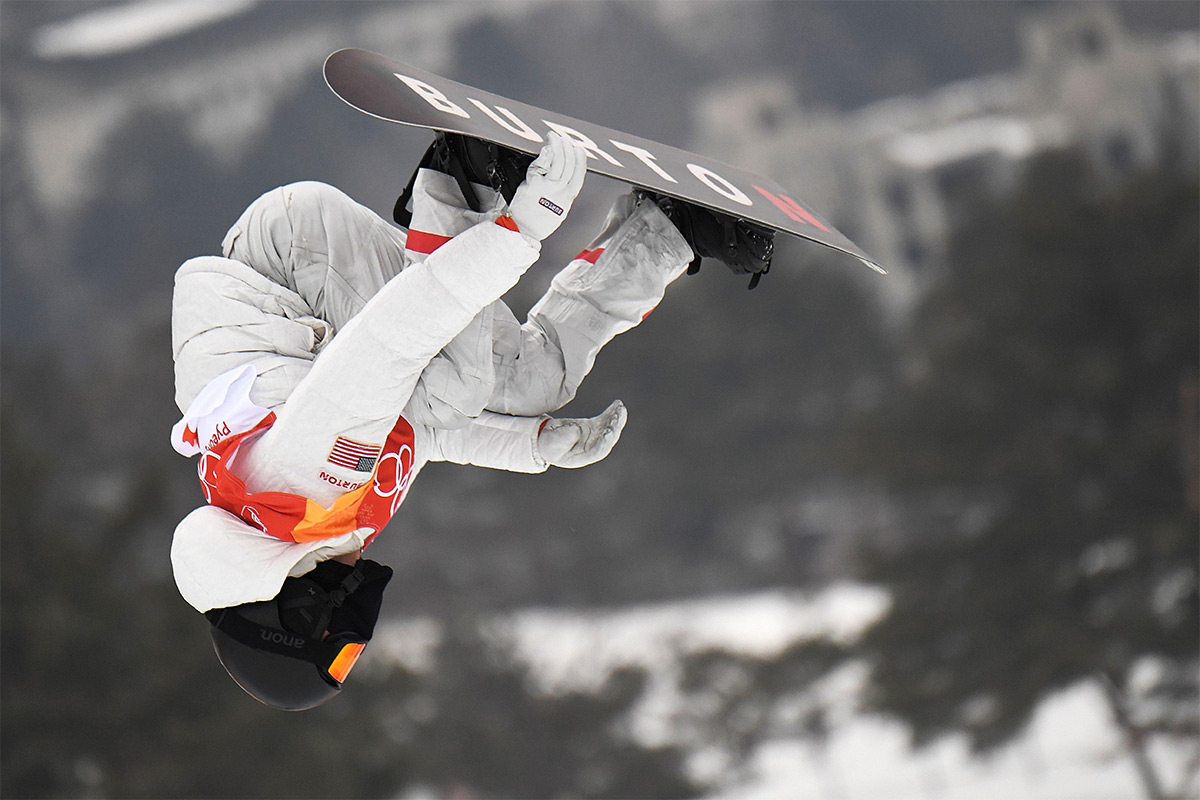How Olympic Athletes Fare in Freezing Cold

Athletes at the 2018 Olympic Games are dealing with some bitter-cold temperatures — sometimes in the single digits Fahrenheit (below freezing Celsius) — as well as blustering wind gusts that make it feel even colder, according to news reports.
But does the chill affect athlete's performance?
Indeed, cold weather has a number of effects on the body that could result in reduced performance if athletes aren't prepared for it, experts told Live Science. [9 Tips for Exercising in Winter Weather]
For starters, when it's cold out, blood vessels near the body's surface narrow, or constrict, in order to redirect blood to the body's core. This so-called "vasoconstriction" reduces oxygen levels, forcing the heart to work harder to circulate blood, said David Grinnell, a physical therapist and orthopedic specialist at UCHealth SportsMed Clinic in Steamboat Springs, Colorado. This "puts extra strain on the heart" and could increase blood pressure, he said.
In addition, Grinnell said, cold weather could cause the following effects:
- Signals from the brain to the muscles may slow down, which could affect reaction time or general performance.
- The ability of muscle fibers to contract can be slowed.
- The body's carbohydrate reserves, which are an athlete's main source of energy, could drain faster.
- When the body temperature falls below 37 degrees C (98.6 degrees F), oxygen in the blood binds more tightly to the protein hemoglobin, which could result in less oxygen delivered to muscle cells.
- The lungs and upper respiratory system need to work harder to heat up cold air.
Dr. Timothy Miller, a sports medicine specialist and orthopedic surgeon at The Ohio State University Wexner Medical Center, added that joints and muscle tendons become stiffer in colder temperatures. This decreases performance and increases the risk of injury if athletes do not warm up properly. There's a "higher chance of muscle strains or tendon tears" in cold weather if athletes don't warm up and stretch to get muscle loosened, Miller said.
Coping with cold
One way to mitigate the effects of the cold is to do a long warm-up, Miller said. Even if an athlete's competition is only a few minutes long, they will start warming up at least an hour, if not 2 hours, before the start, Miller said.
Sign up for the Live Science daily newsletter now
Get the world’s most fascinating discoveries delivered straight to your inbox.
A typical warm-up includes cardiovascular exercise — in the form of a light jog or low-intensity stationary bike ride — followed by stretching. Then, athletes will perform brief bouts of intense speed exercise (sometimes called intervals) to get the body's "fast twitch" muscles warmed up, Miller said.
Ideally, athletes should warm up indoors if it's cold out, Miller said. That's because when athletes stop and stretch after their warm-up, their sweat freezes, and there's a risk of cooling the body down too much, he said.
Another way to offset the cold is to wear the right clothing. Cotton garments allow moisture to say on the skin, which will draw heat away from the body, Grinnell said. In contrast, clothes that are designed to "wick," including some synthetic materials, will pull moisture away from the skin so it can evaporate off, Grinnell said.
To stay warm at Pyeongchang, Team USA was outfitted with battery-powered parkas containing heat-conducting ink, which acts sort of like an electric blanket, according to Scientific American. In addition, suits for the U.S. bobsled team contain a new fabric technology that helps to absorb and retain body heat, Scientific American reported.
Another strategy to cope with the cold is to wear a face mask that covers the mouth and nose. This will warm the air you breathe in a bit, so your lungs don't have to work as hard to warm it up, Miller said.
In very cold temperatures (close to 0 degrees F, or minus 18 degrees C), athletes and casual exercisers alike should make sure that their skin is not exposed to the air for more than a few minutes, Miller said. This is necessary to prevent frostbite, he said. Your fingers, nose and toes are the areas most prone to frostbite, he added.
Another important thing to remember is to stay hydrated, even when it's cold. Although you may not be tempted to drink as much water in cold temperatures, you can still get dehydrated if you don't get enough fluids, Grinnell said.
Original article on Live Science.

Rachael is a Live Science contributor, and was a former channel editor and senior writer for Live Science between 2010 and 2022. She has a master's degree in journalism from New York University's Science, Health and Environmental Reporting Program. She also holds a B.S. in molecular biology and an M.S. in biology from the University of California, San Diego. Her work has appeared in Scienceline, The Washington Post and Scientific American.










